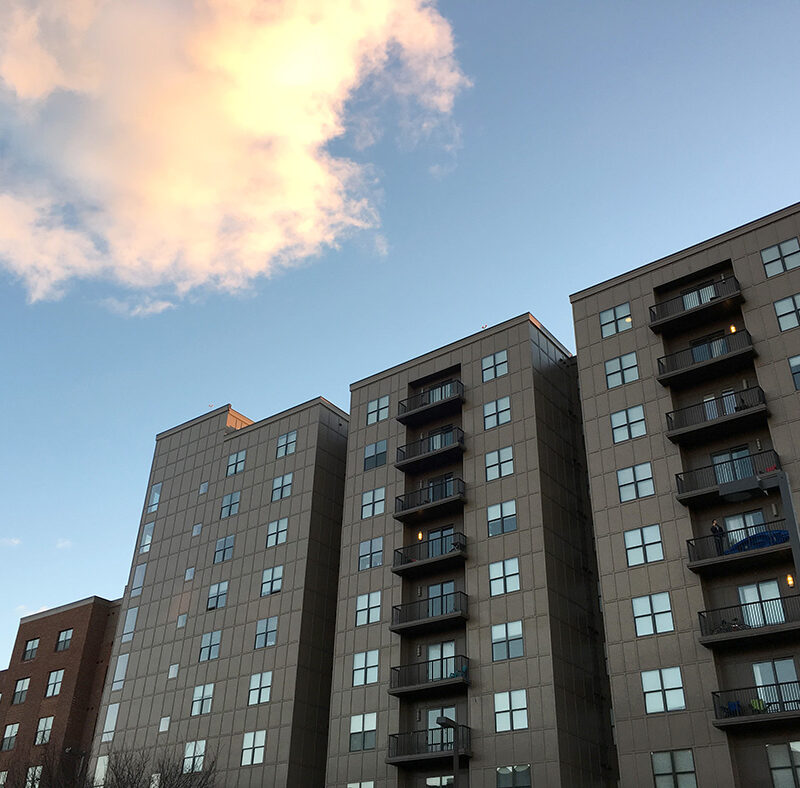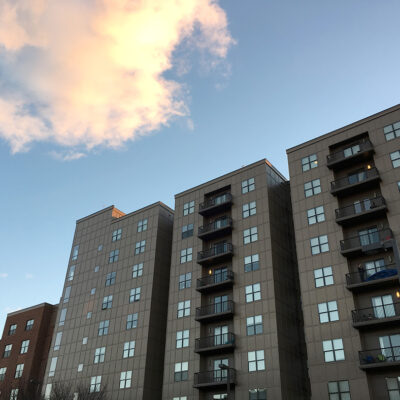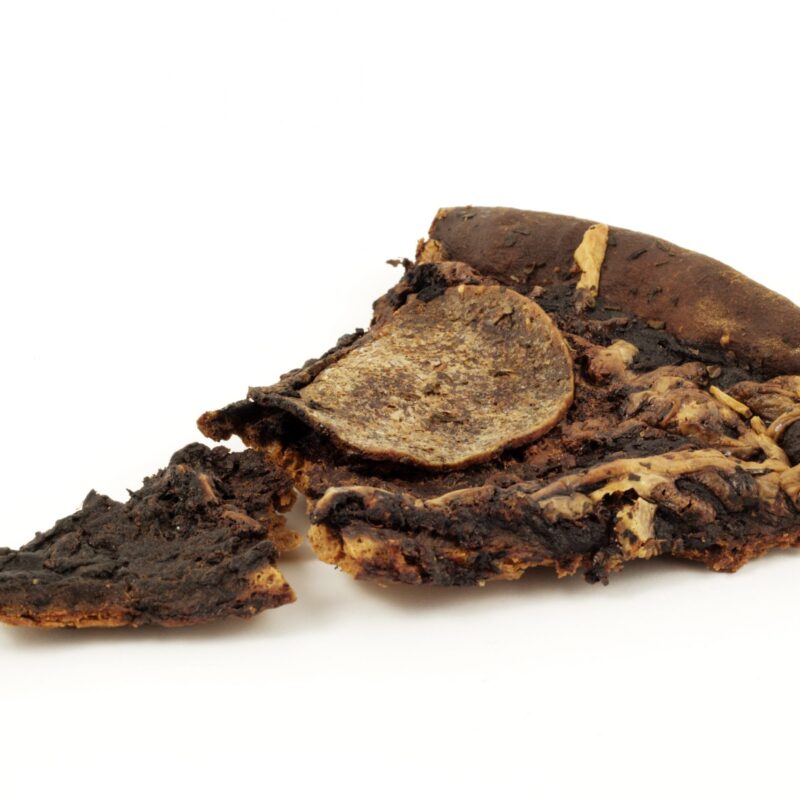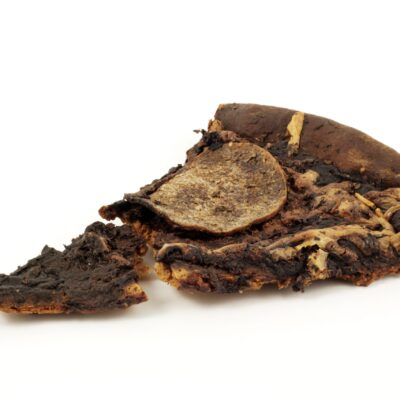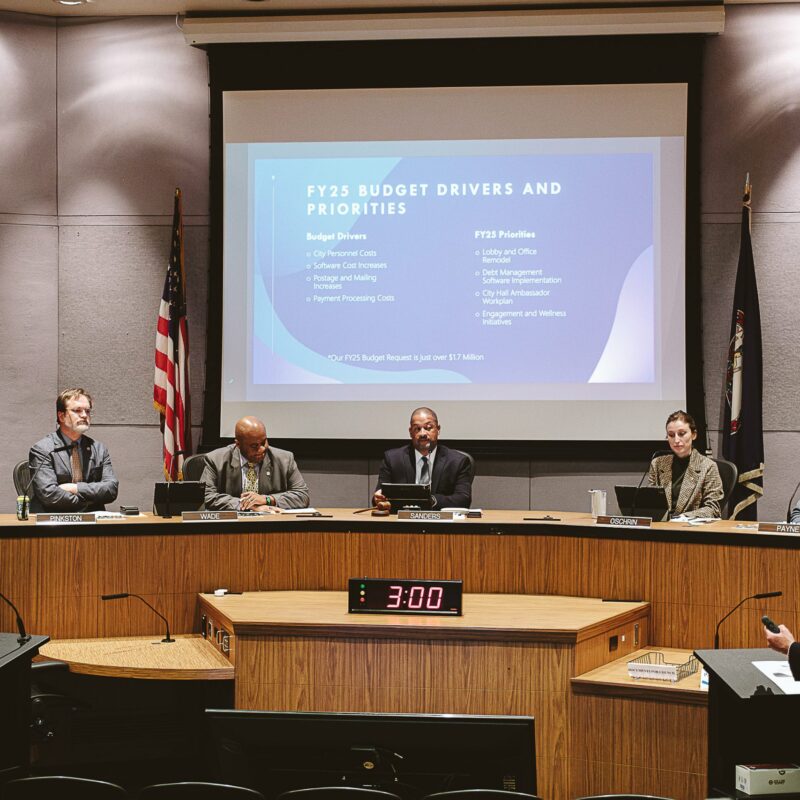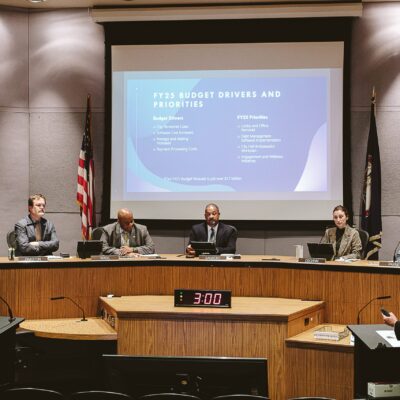For hundreds of years, probably thousands, a type of fish known as the American shad would leave its birthplace in the Rivanna River to travel to the Atlantic Ocean by way of the James River and Chesapeake Bay. Like the better known salmon, shad are an anadromous species that are born in fresh water, but live their adult lives in saltwater. Three or four years after leaving the birth place, the shad would retrace their steps to end up back in the Rivanna where they would spawn.
 In August, the Woolen Mills dam came down after almost 180 years. "It really stood the test of time, but the forces of deconstruction prevailed," says Bill Emory, Woolen Mills resident. |
Then came man—to be more specific, European man—who built impediments like dams in the 1800s to propel the textile and grain mills that spotted the banks of the Rivanna and James. Suddenly, the shad could no longer return home.
By the time the Woolen Mills factory shut down in the mid-1960s, the dam was the last of its kind in our area. But even as the mill ceased to operate, the dam remained. That is, until August 15, 2007, when a small construction crew began dismantling it piece by piece. Within days, only remnants of the man-made obstruction remained, and for the first time since 1830, the Rivanna River near the mill was returned to its natural flow.
As a general rule, dams are bad for the health of a river. They create a backlog of sediment and a stagnant pool of water that is overly warm and lacking in oxygen. They can also create, as in the case of the Woolen Mills dam, an unusually high depth. From Darden Towe Park all the way to Shadwell, the Rivanna is normally only a few feet deep. But at Woolen Mills, above the dam, it is significantly higher, maybe 10′ to 15′ deep. To venture down there on a summer day was to find an occasional swimmer or two, certainly three or four fishermen. Below the fishers, a heron usually stood erect, taking a more direct approach to dinner.
Now those are all gone as the dam’s breach has reduced the water level to only a foot or two deep. In their place are rocks and earth, and sometime soon, perhaps, American shad. In 1994, 237,021 shad fry—about the size of the tip of a pinky—were stocked at Crofton (14 miles downstream of Woolen Mills), followed by more than a million in ’99. More significantly for the Woolen Mills site are three releases at Darden Towe Park in the last three years, two of 400,000 in 2005 and 2006 and 700,000 this spring.
According to Alan Weaver of the Virginia Department of Game and Inland Fisheries, the earliest these shad would return is 2008. The likelihood may be something else altogether, as releasing the shad fry is akin to "ringing a dinner bell," says Weaver, for the catfish and smallmouth bass that replaced the shad. "It’s an effort without any guarantees," he says.
Statements like that are little consolation to those who lived around the dam, like local realtor Roger Voisinet, who crafted a nearly 10-page essay he posted to his website in September. "The River was my…church. It was a holy place," he wrote. "This stretch of the river was once beautiful beyond belief. It is now hideous."
Or there is photographer Bill Emory, who likens the dam to Stonehenge for its significance to the neighborhood. "It was really tough," he says of its removal, even as he acknowledges the dam’s overall effect on the health of the river. "It really stood the test of time," he says, "but the forces of deconstruction prevailed."
C-VILLE welcomes news tips from readers. Send them to news@c-ville.com.
